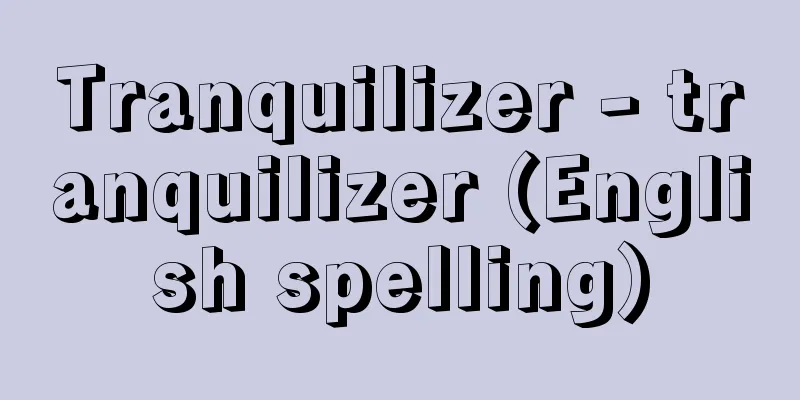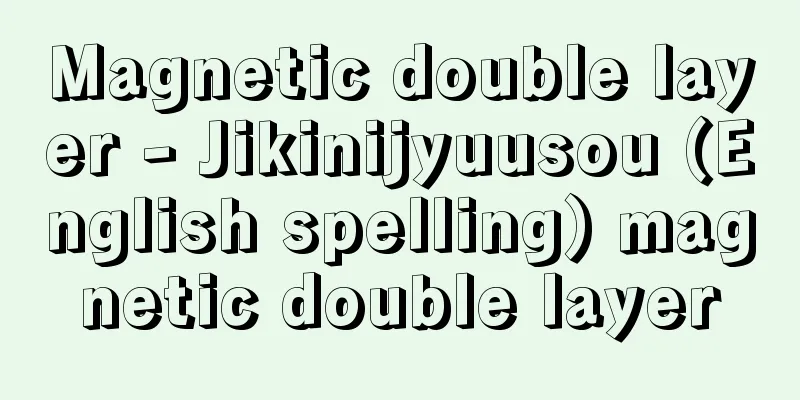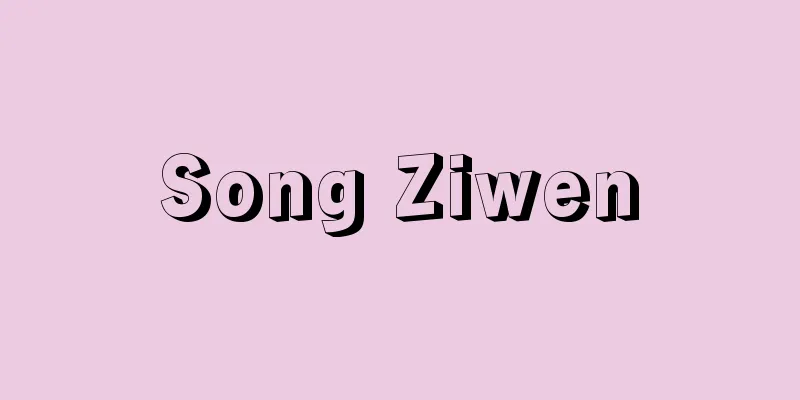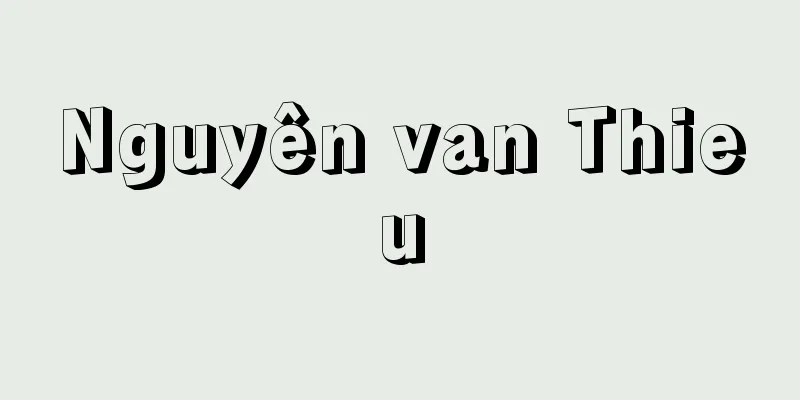Fish print - Gyotaku

|
The act of copying the shape of a fish onto paper or cloth. It is used for record-keeping or for decorative purposes, and is thought to have been invented in Japan. As it is similar to the stone-printing technique used for inscriptions, it is called gyotaku, short for "fish rubbing." There are two methods of making gyotaku: the direct method, which uses ink and is primarily intended to record the fish caught, and the indirect method, which uses color to create an artistic work. The Homma Museum of Art in Sakata, Yamagata Prefecture, houses a gyotaku from the end of the Edo period, along with detailed records of the date, time and fishing rod used, which is said to be the oldest direct gyotaku in Japan. There is also a theory that the indirect method was also attempted at the end of the Edo period, but there is no definite proof. A modern gyotaku using color was completed by Inada Koyo in 1948 (Showa 23). In 1980, the World Gyotaku Exhibition was held in Tokyo. [Yoshinori Sato] Direct Method(1) Sprinkle salt on the fish and remove slime and dirt with a brush. Or, soak it in diluted neutral detergent for a few minutes, then wash it with water using a brush. (2) Fix the fish body with a stabilizing plate that is sized to fit the fish's body shape. (3) Two shades of ink or paint are applied from the head to the tail. (4) While the ink is still wet, cover it with Japanese paper, then cover it with clear vinyl, and rub it with your hand to avoid wrinkles. [Yoshinori Sato] Indirect Method(1) The fish bodies are washed and stabilized in the same way as the direct method. (2) Mix paint according to the type of fish. Watercolor paint that has been fixed to a plate is the best. For ink rubbing, make three or four different shades of ink. (3) Apply water to the stabilized fish body with a brush or spray bottle and cover it with paper. Spray more water on top and use a rubber puff to carefully attach the paper to the body without creating wrinkles. Dry with a hair dryer so that about 20% of the water remains. (4) Wrap a thumb-sized piece of cotton wadding in silk cloth and tie it with a rubber band to make a pad. Start with a light color of paint or ink, and gently dab the paint from head to tail. Repeat the coloring process while keeping the humidity at around 20% by adjusting the hair dryer to remove any moisture that seeps into the paper. For the final touch, use the darkest color to add an accent and create a three-dimensional effect. (5) Remove the paper from the fish, dry it with a hair dryer, and spray the back side with a mist of hydrogen peroxide diluted three times. This is to remove any dirt. (6) Wait until it dries before drawing the eyes. Try to avoid using a brush for anything other than drawing the eyes. [Yoshinori Sato] "Yutaku: Appreciation and Creation" by Yuya Shimizu (1975, Hoikusha, Color Books) ©Shogakukan "> How to make a fish print (indirect method) Source: Shogakukan Encyclopedia Nipponica About Encyclopedia Nipponica Information | Legend |
|
魚の形態を紙または布などに写し取ること。記録や観賞のためのもので、日本で発明されたと推測される。碑文などの石刷りの手法に似ていることから、魚の拓本という意の略で魚拓とよばれている。 作り方には、墨を用い釣魚の記録をおもな目的とする直接法と、色彩を用い芸術的な作品に仕上げる間接法とがある。山形県酒田市の本間美術館には江戸末期の魚拓が、日時や使用した竿(さお)の詳細な記録とともに保管されており、これが本邦最古の直接法魚拓といわれている。間接法も江戸末期に試みられたとの説もあるが確証はない。色彩を施した近代的魚拓は1948年(昭和23)に稲田黄洋が完成した。80年には世界魚拓展が東京で開催された。 [佐藤吉則] 直接法の手法(1)魚に塩をふりかけ、ブラシ類でぬめりと汚れを取り除く。または薄めた中性洗剤に数分間つけてから、ブラシを使って水洗いする。 (2)魚の体型にあわせた安定板で魚体を固定させる。 (3)濃淡2種の墨あるいは絵の具を頭部から尾のほうへ塗る。 (4)塗った墨の乾かぬうちに上から和紙をかぶせ、さらに透明なビニルで覆い、皺(しわ)の出ないように手でこすりながら写し取る。 [佐藤吉則] 間接法の手法(1)魚体を洗浄、安定させるのは直接法と同じ。 (2)魚種にあわせた絵の具を溶く。絵の具は、皿に固着してある水絵の具が最適。墨拓の場合は濃淡3、4種の墨をつくる。 (3)安定させた魚体に筆か霧吹きで水をつけ紙をかぶせる。その上からさらに霧を吹き、ゴム製のパフを使い、皺を出さないようていねいに貼(は)り付ける。ヘアドライヤーで20%程度の水分が残るように乾かす。 (4)絹布に親指大の木綿わたを包み、輪ゴムでくくり、たんぽをつくる。絵の具または墨は淡い色から始め、頭から尾へ軽くたたくように着色する。紙ににじみ出る水分はドライヤーの調節でつねに20%程度の湿度を保ちながら着色を繰り返す。仕上げにはいちばん濃い色でアクセントをつけ立体感を出す。 (5)魚から紙をはがしドライヤーで乾かし、裏面に、3倍に薄めたオキシドール液の霧を吹く。これは汚れを除去するため。 (6)乾いてから目を書く。目を書く以外は筆の使用を避けるように心がける。 [佐藤吉則] 『清水游谷著『魚拓――鑑賞と作り方』(1975・保育社・カラーブックス)』 ©Shogakukan"> 魚拓の製作法(間接法) 出典 小学館 日本大百科全書(ニッポニカ)日本大百科全書(ニッポニカ)について 情報 | 凡例 |
<<: Home care/facility care - kyotakuhogoshisetsuhogo (English: home care)
>>: Giant molecule - Giant molecule
Recommend
Federterra (English spelling)
The abbreviation for Federazione nazionale dei lav...
Periodical
Periodicals, such as newspapers and magazines. Sou...
British - Englishman
…used as a nickname for a British national or a t...
Spear rust - Spear rust
The title of a utazawa song, a hatauta. It is in f...
Fuchino Basin - Fuchino basin
A basin in the Apennine Mountains in central Italy...
Ministry of Finance Fund Management Department
→Fund Management Department Source: Shogakukan En...
Namaribushi (raw dried fish) - Namaribushi
A semi-finished product made from dried bonito, ma...
Shikoku 88 Temples - Shikoku Hachiju Hakkashyo
Shikoku Pilgrimage, also known as the 88 Temples o...
Pressure-sensitive paper
A type of paper on which a paint containing very t...
Family reunion - Kazokuawase
A type of combined karuta that was played around t...
Moment of force - Moment of force
…Couples do not affect the movement of the center...
Yuhikaku Co., Ltd. - Yuhikaku
A publishing house opened by Egusa Ootaro in 1877 ...
Rice planting dance - Taueodori
A traditional art form for celebrating a good har...
Confectionery - Kashi
A type of luxury item eaten with tea or as a snac...
Mr. Oiwa
…There are precedents for other craftsmen, but in...









